MPEG-2 vs. MPEG-4: Which Video Format is Better?
The right video format is important for the quality, storage and use of the video. MPEG2 vs MPEG4 are two common formats with different tasks. MPEG-2 is perfect for DVD, digital TV and broadcasting, because it has high image quality and takes a lot of capacity. MPEG-4 compresses files efficiently while maintaining quality. This makes it ideal for streaming and mobile devices. You can choose the appropriate format by knowing these differences. In this article, we will explain how easily convert each feature and optimal application.
Part 1: What is MPEG-2?
MPEG-2 is an old video format which is used for high quality video storage and broadcasting. It was developed for DVD, digital TV, satellite and cable transmission. MPEG-2 was used in television networks to provide clear and sharp images. It requires more storage space because it does not compress files as professionally as the latest format.
- High-quality video: Clear and sharp images can be obtained, but require greater space
- Broadcasting: it is used in satellite and cable TV because it can maintain high image quality.
- Large file size: The file size increases due to poor compression.
- Not suitable for streaming: It is not suitable for online video and mobile devices Because of the large file size.
Part 2: What is MPEG-4?
MPEG-4 is a modern video format for streaming, mobile devices and online platforms. MPEG-4 reduces the size of video files and maintains high image quality. This is why YouTube, Netflix and other streaming services use MPEG-4. Because it does not take the capacity, it works smoothly on smartphones, tablets and computers.
- Small file size: compress video efficiently while maintaining quality.
- Great for streaming: Play on platforms like YouTube and Netflix
- Compatible with any device: Play smoothly on your phone, tablet or computer.
- Perfect for web videos: MP4 files are great for sharing on websites and social media.
Part 3: MPEG2 vs MPEG4 – Key Differences
| Feature | MPEG-2 | MPEG-4 |
|---|---|---|
| Quality | High, but requires more storage | Good quality with efficient compression |
| File Size | Large | Smaller, more efficient |
| Best For | DVDs, digital TV, satellite & cable broadcasts | Streaming, mobile devices, web videos |
| Compression | Limited, older technology | Advanced, modern compression |
| Compatibility | Works with older TV systems & DVDs | Works on all devices & platforms |
| Usage | Traditional broadcasting | Online streaming, web, mobile |
Part 4: Which Format Should You Use?
MPEG2 vs MPEG4 have different objectives. MPEG-2 is ideal for DVD, digital TV and broadcasting, because it is high image quality but takes a lot of capacity. Because MPEG-4 compresses files efficiently, it is suitable for streaming, online video and mobile devices. If you don't care about storage, MPEG-2 is a good choice.
Use MPEG-2 if:
MPEG-2 video standard becomes the suitable choice when seeking high-quality video content and having sufficient storage. The MPEG-2 application range includes DVD technology as well as digital television broadcasting and satellite network and cable distribution. If the file size is not a problem and you need clear and sharp video, MPEG-2 is suitable.
- Ideal for DVD and digital TV.
- Maintains high image quality but requires more storage.
- Common in satellite and cable television broadcasts.
Use MPEG-4 if:
MPEG-4 is the best choice when you need a smaller video file while maintaining good quality. Because it can compress files well, it is often used in streaming, online video and mobile devices. Choose MPEG-4 if you want a format that works on various devices and saves capacity.
- High compression rate and save space.
- Works fine on multiple devices.
- Perfect for streaming and online video.
Part 5: Convert MPEG-2 to MPEG-4 with HitPaw Univd Converter
HitPaw UniVid Converter is a simple solution if you have an MPEG-2 file and want to convert it to MPEG-4 for smaller size and better compatibility. It makes sure you’re that videos work on iPhone and other devices because this PC software supports multiple formats. You can start converting simply open the software, add the MPEG-2 file, select the MPEG-4 as the output format. You can adjust the quality and size of the video to suit your needs. It is quick and easy to transfer files to iPhone and other devices after converting.
Key Features of HitPaw Univd
- Convert video, music and images 120 times faster with AI technology.
- 4K video quality with one click.
- Edit - Cut, combine and crop videos without losing image quality.
- Compress videos and photos to save capacity without losing image quality.
- Create creative possibilities with built-in smart AI tools.
How to use HitPaw Univd Functions?
Step 1: Fire up HitPaw Video Converter. Click “Add Video” or just drag your clips in it’s super quick.

Step 2: Don’t like the default name? Click on it and type something that fits your style.
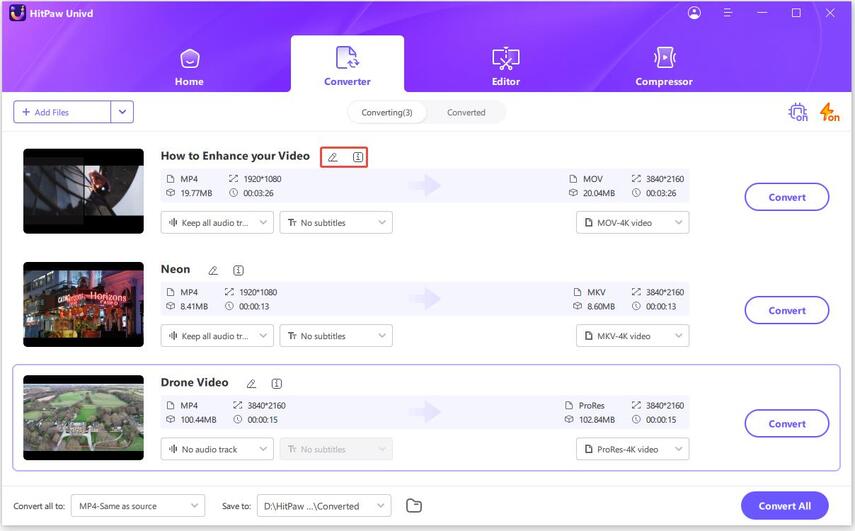
Step 3: Now, pick your format. Tap the triangle icon near the file to choose what works best for you.
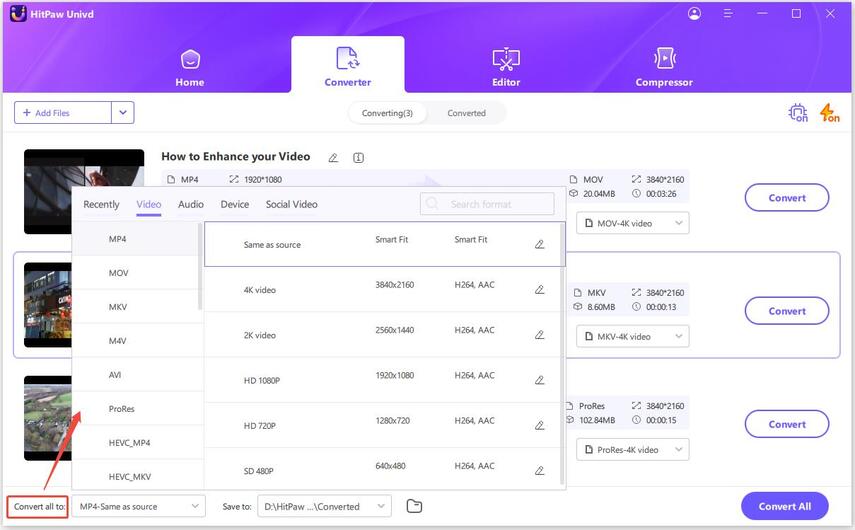
Step 4: Pick where you want to save your videos and click “Convert.” Doing more than one? Hit “Convert All.”
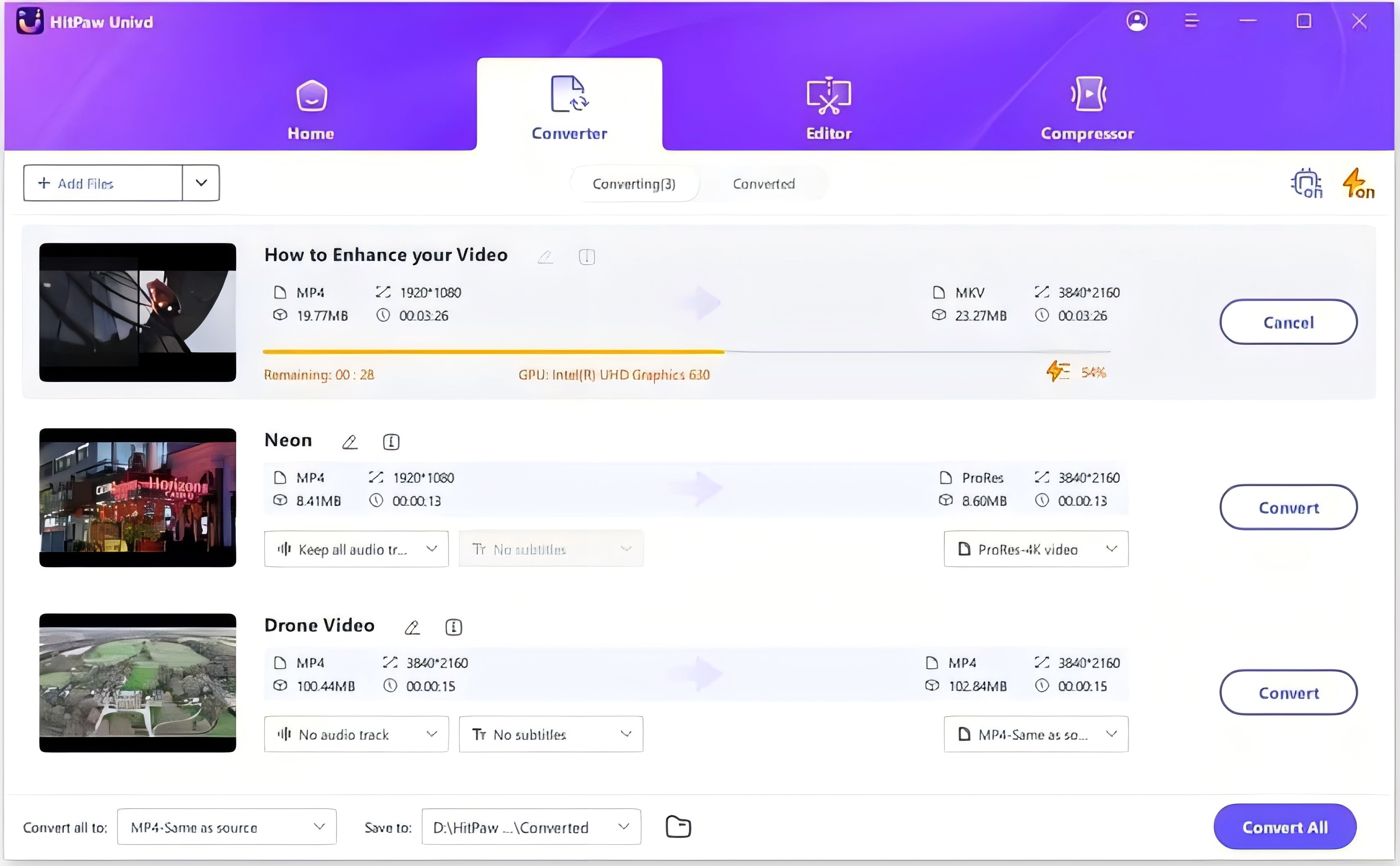
Part 6: FAQs about MPEG2 vs MPEG4
Q1. Can I change MPEG-2 to MPEG-4 without losing quality?
A1. Yes, you can convert MPEG-2 to MPEG-4. Software like HitPaw UniVid Converter helps you keep your videos clear while making your files smaller.
Q2. Why is MPEG-4 better for online videos than MPEG-2?
A2. MPEG-4 reduces the video without losing image quality. This makes it easy to read and play smoothly on websites like YouTube and Netflix. Since MPEG-2 files are large, they are not suitable for streaming.
Q3. Is MPEG-2 still used today?
A3. Yes, MPEG-2 is still used for DVD and TV broadcasting. Although the MPEG-2 is old, it still works well as a high-quality video for some digital TV channels and DVD s.
Conclusion
Different purposes gather the developers to create MPEG2 vs MPEG4. The combination of high-quality video performance makes MPEG-2, a perfect solution for DVD usage along with digital TV and broadcasting. MPEG-4 is ideal for streaming and mobile devices because video files can be reduced without losing image quality. It works well on different devices and saves storage space. With HitPaw UniVid Converter, you can quickly change MPEG-2 video to MPEG-4 while maintaining the best video quality.






 HitPaw Edimakor
HitPaw Edimakor HitPaw VikPea (Video Enhancer)
HitPaw VikPea (Video Enhancer)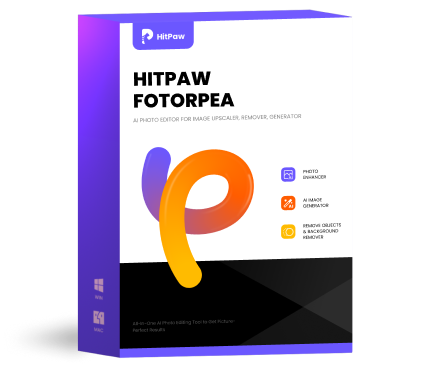 HitPaw FotorPea
HitPaw FotorPea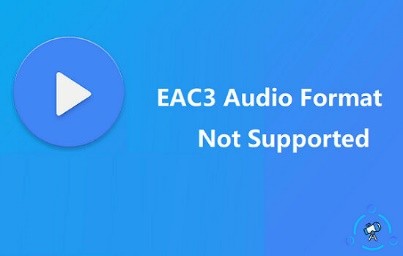



Share this article:
Select the product rating:
Daniel Walker
Editor-in-Chief
My passion lies in bridging the gap between cutting-edge technology and everyday creativity. With years of hands-on experience, I create content that not only informs but inspires our audience to embrace digital tools confidently.
View all ArticlesLeave a Comment
Create your review for HitPaw articles